14 Different Types of Fir Trees (With Pictures)
-

- Last updated:
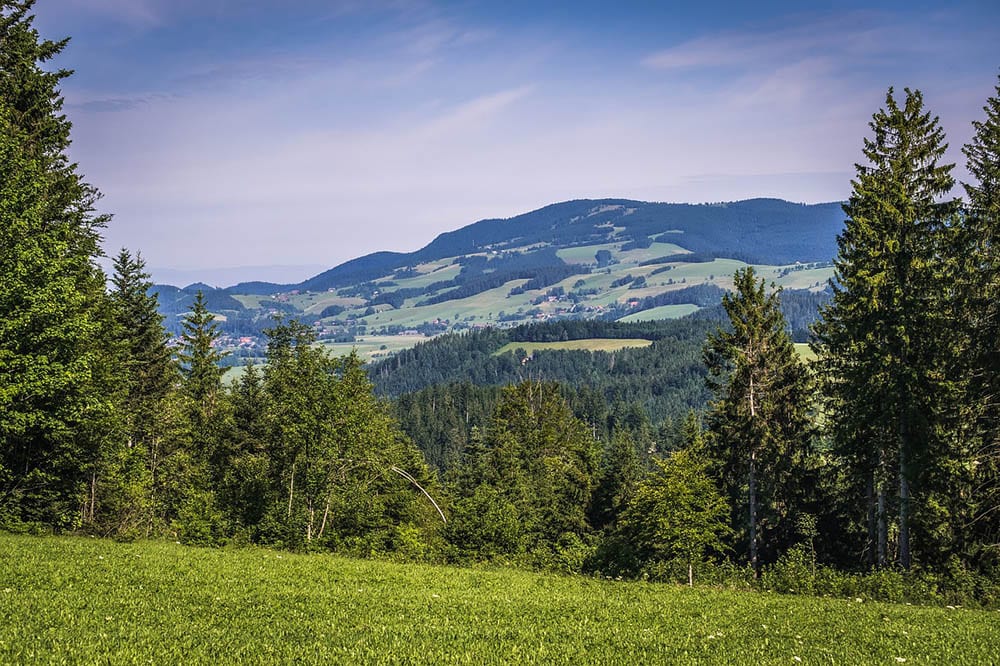
Fir trees are one of the most common types of trees worldwide. They are known primarily for making spectacular Christmas trees, but they can be so much more varied than that. Fir trees make great trees because they are relatively easy to care for and can grow almost anywhere.
If you like the look of classic Christmas trees or think that your landscaping could use a boost from the addition of easy-to-manage evergreen trees, firs can make a great addition to any yard or property. There are a lot of different kinds of fir trees, and this list will cover the most common species, as well as all of the species that grow best in North America.
The 8 Types of American Fir Trees
1. Balsam Fir
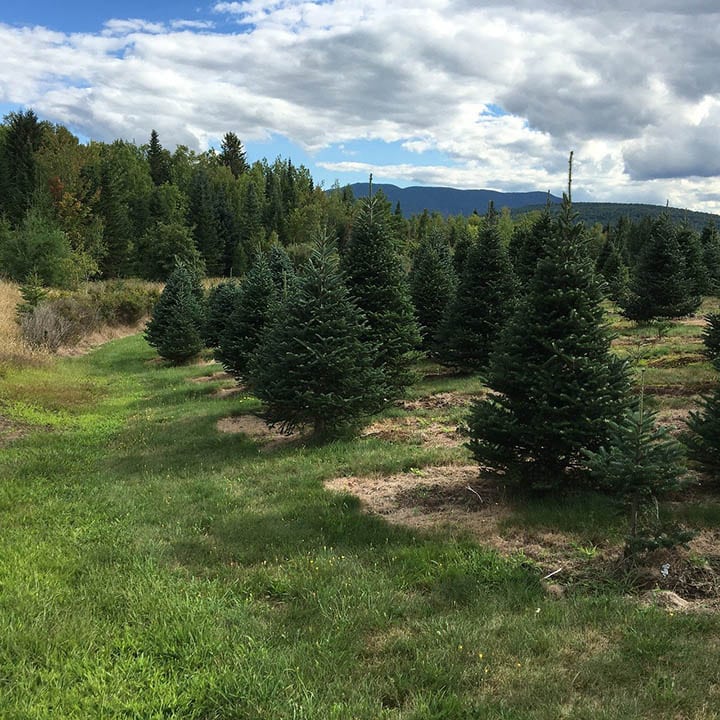
Balsam firs are iconic North American trees that grow in high densities in Eastern Canada and the Northeastern United States. They enjoy cool temperatures that average only 40 degrees Fahrenheit year-round. Balsams drop iconic cones and are one of the most easily recognizable trees in the United States due to their prominent use as Christmas trees.
Luckily, the Balsams used for Christmas are often grown on special Canadian farms dedicated solely to producing trees for the holidays. That way they do not contribute to deforestation.
2. California Red Fir
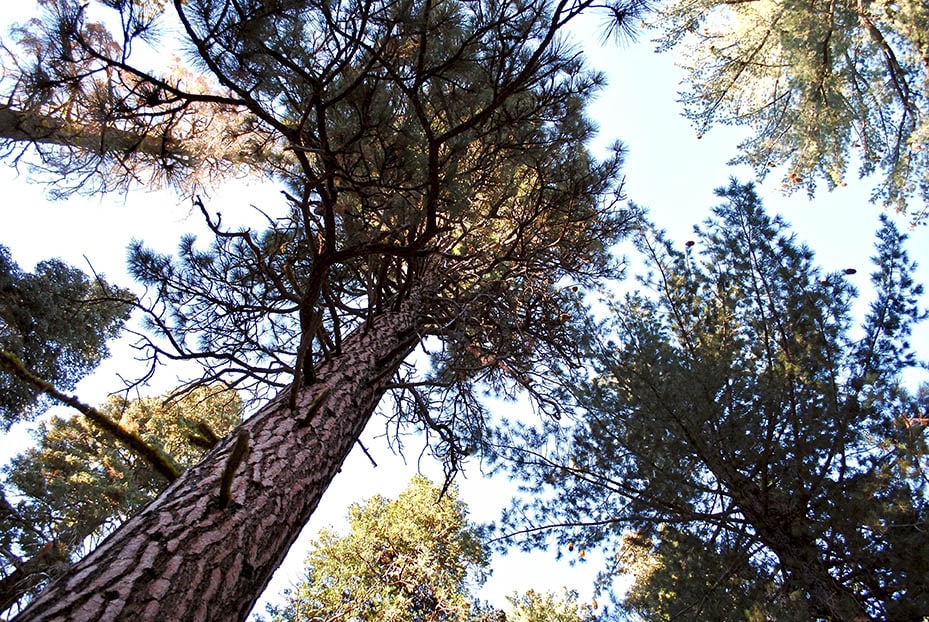
The California red fir is a species native to the Western United States. It grows natively at high elevations and derives its name from the reddish color of the bark from mature trees. It is most prevalent in Northern California and in the mountains of Oregon. These trees are most commonly spotted on high slopes, and live in a long narrow range that stretches up the spine of the west coast.
Red firs are large and they can reach up to 200 feet in height and six feet in diameter. The trees made such an impression on early botanists that they gave it the Latin name, abies magnifica—meaning magnificent fir.
3. Fraser Fir
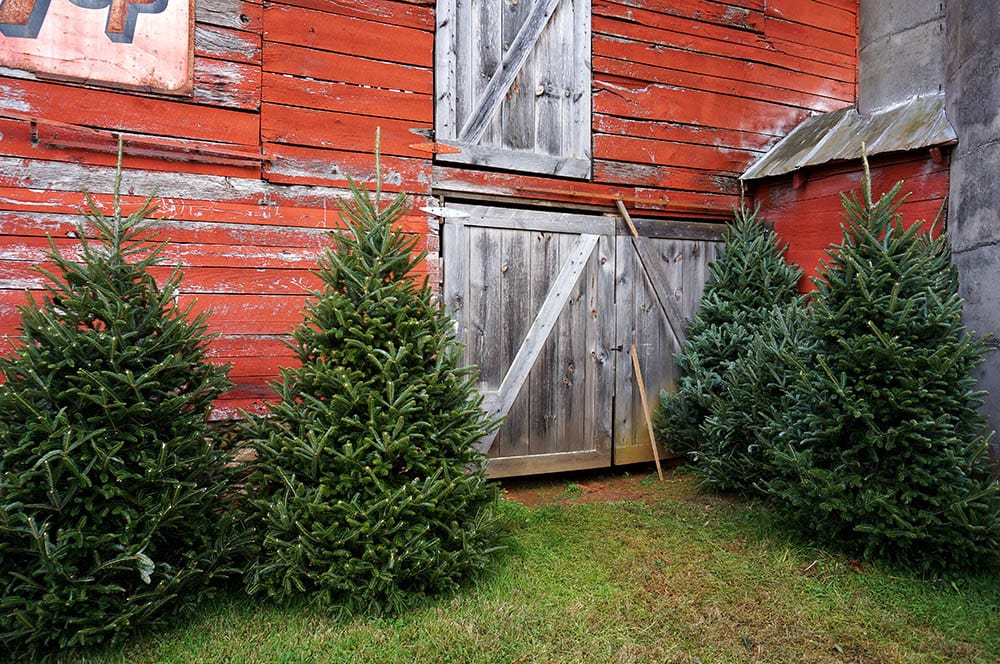
The Fraser fir is closely related to the Balsam fir and at first glance, the two are nearly indistinguishable. The Fraser fir is native to the southern Appalachian Mountains in the southeast of the United States. Comparatively, the Fraser fir is a small species. It only grows up to 50 feet and has a trunk diameter of just 16 inches. Many firs grow well over 100 feet tall making the Fraser fir one of the shortest species of fir in the United States.
Unfortunately, the Fraser fir is endangered due to habitat loss and insect infestation. Its range used to be much larger, but it continues to shrink due to early tree death.
- Related Read: Noble Fir vs. Fraser Fir – What’s the Difference?
4. Grand Fir
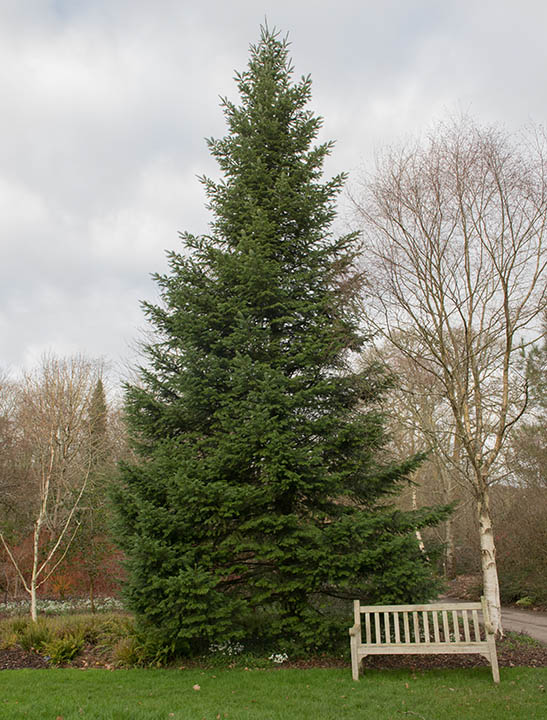
The grand fir was named for its incredible height. These trees can grow over 200 feet tall and are considered one of the tallest species of fir in North America. They live in the Pacific Northwest, especially in the Cascade Mountains, where the wet climate contributes to their impressive stature.
Most fir trees have wood that is too soft for general use but the grand fir is often logged. The girth of these trees gives their wood strength and a fine grain that is desirable for a variety of construction and craft purposes.
5. Noble Fir
The noble fir is one of the most prolific Christmas trees in the world. They are chosen for their size and their symmetry. They can be found in the Cascade Mountains and in the coastal regions of Washington and Oregon. The National Christmas Tree Association estimates that up to 30% of the fresh tree market is made up of noble firs. That includes Christmas trees, wreaths, sprigs, and other aromatic evergreen trim.
Most Christmas trees are ideally cut at just eight feet tall, but in their natural habitat, noble firs have no trouble reaching 200 feet or more in height.
6. Pacific Silver Fir
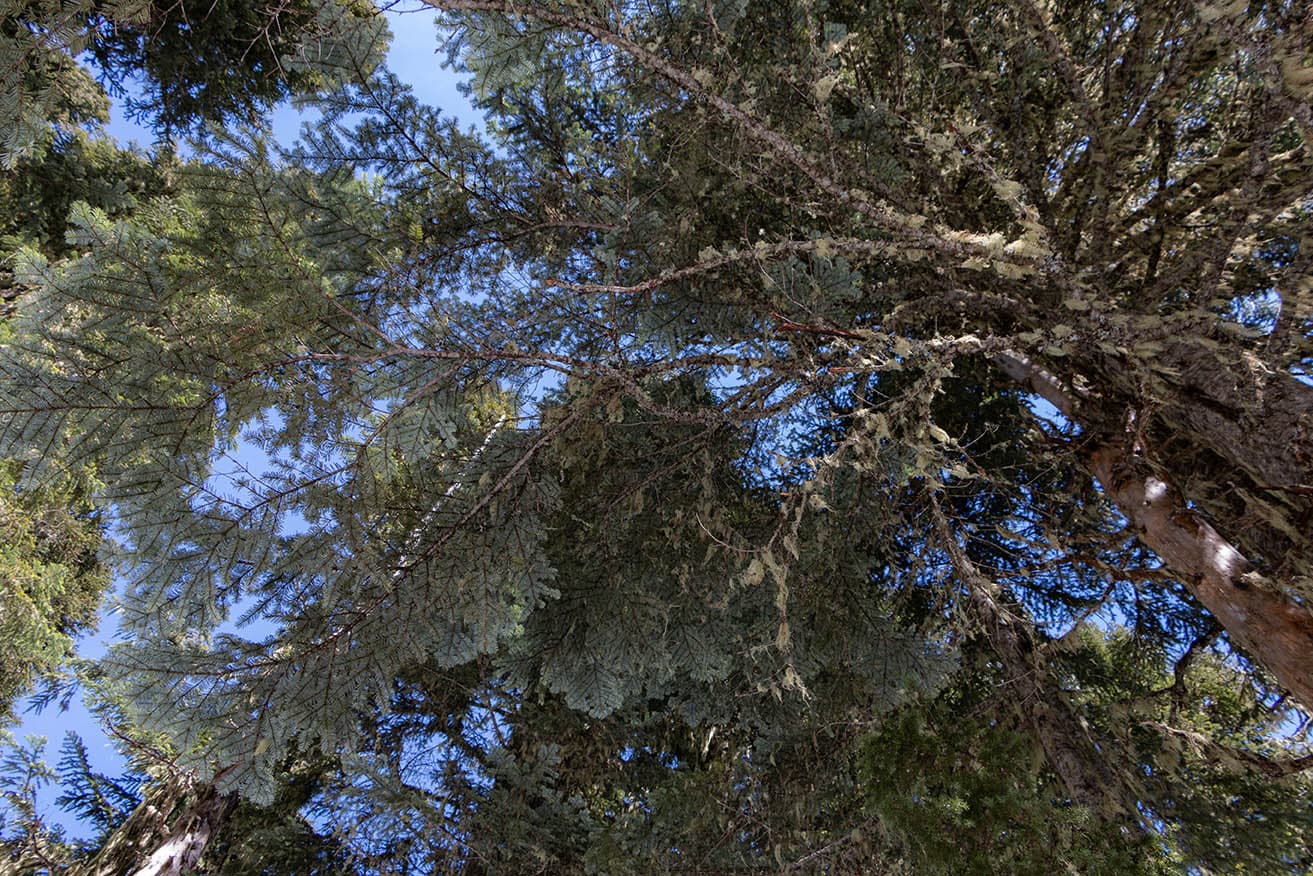
When most people think of fir trees, they don’t often think of rain forests, but the Pacific silver fir only grows in temperate rain forests. Its habitat clings to the Pacific coast, stretching from Washington through British Columbia all the way to Alaska. Wherever there is enough rain and cool weather in that region, the Pacific silver fir thrives.
The Pacific silver fir’s specific habitat makes it difficult to transplant from its native range. It requires cool humid summers, mild winters, and a lot of rain to grow successfully. Those conditions are really only found in the Pacific Northwest.
7. Subalpine Fir
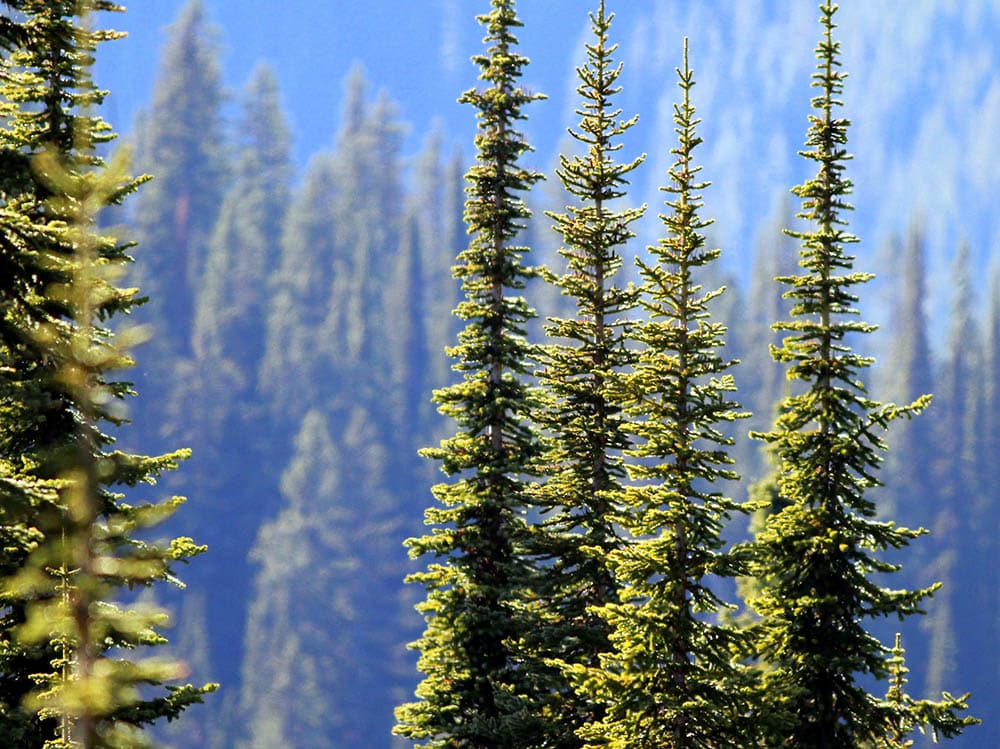
This fir tree blankets the Rocky Mountains in large numbers. This has led it to also be called the Rocky Mountain fir. It experiences healthy growth from New Mexico all the way as far north as the Alaskan border in northern Canada. The subalpine fir is one of the smaller species of fir only reaching heights of 60 feet. Its willingness to grow in large swaths of the western United States makes it a popular choice for parks, lawns, and other widespread purposes. If pruned correctly it can even be kept as small as a shrub for gardening purposes.
8. White Fir
The white fir is one of the widest-ranging species in the United States. It lives as far north as Oregon, as far east as Wyoming, and as far south as the Baja Peninsula. This expansive habitat makes it one of the most common trees in the western United States both in nature and for ornamental and commercial purposes.
White firs grow better in some areas than others. The largest specimens were recorded in the Sierra Nevada mountains with heights over 220 feet and trunk diameters over 10 feet. Other white firs only reach 100 feet tall and four feet in diameter depending on the specific climate.
The Other Notable Types of Fir Trees
9. Caucasian Fir
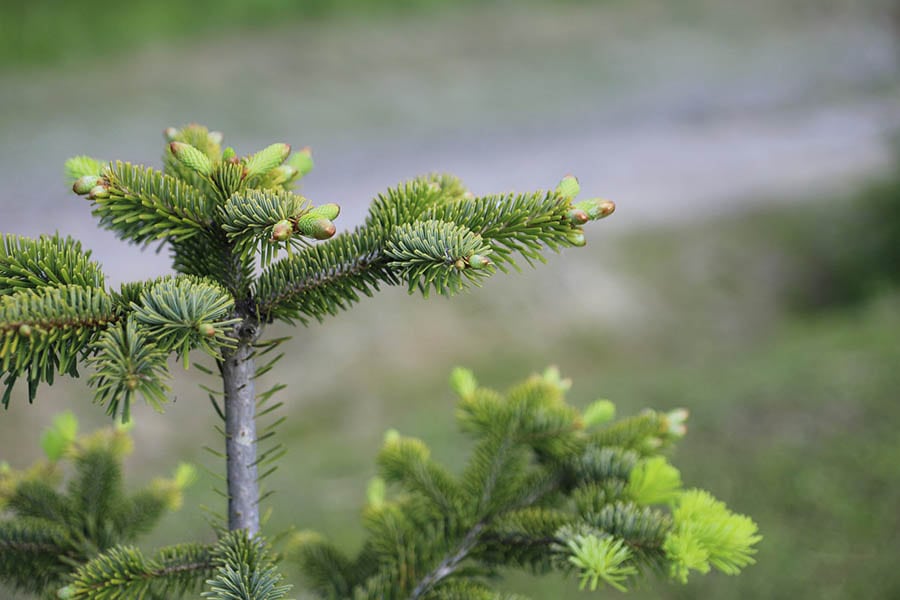
This species is named for the prominent mountain range that it inhabits. The Caucasian fir has a large range that spans from Turkey up through the mountains of Western Russia. The Caucasian fir is the tallest tree found anywhere in continental Europe with some specific trees reaching over 250 feet tall.
Like other fir trees, the Caucasian fir is widely used for Christmas trees. This species is one of the most commonly used trees in Europe around the holidays, making it equivalent to the North American noble fir or Balsam fir in terms of popularity.
10. Himalayan Fir
Like the mountains they are named for, the Himalayan fir is a large and expansive tree species. It dominates the Himalayan region, growing from Afghanistan all the way into Central Nepal. They can tower up to 200 feet tall and have extremely thick trunks. The trunks of a mature Himalayan fir can be as wide as eight feet.
In nature, these trees like to grow at elevations as high as 12,000 feet, which marks one of the highest tree lines in the world. Few other trees can grow at such elevations, which is why this tree is perfect for the world’s tallest mountain range.
11. Korean Fir
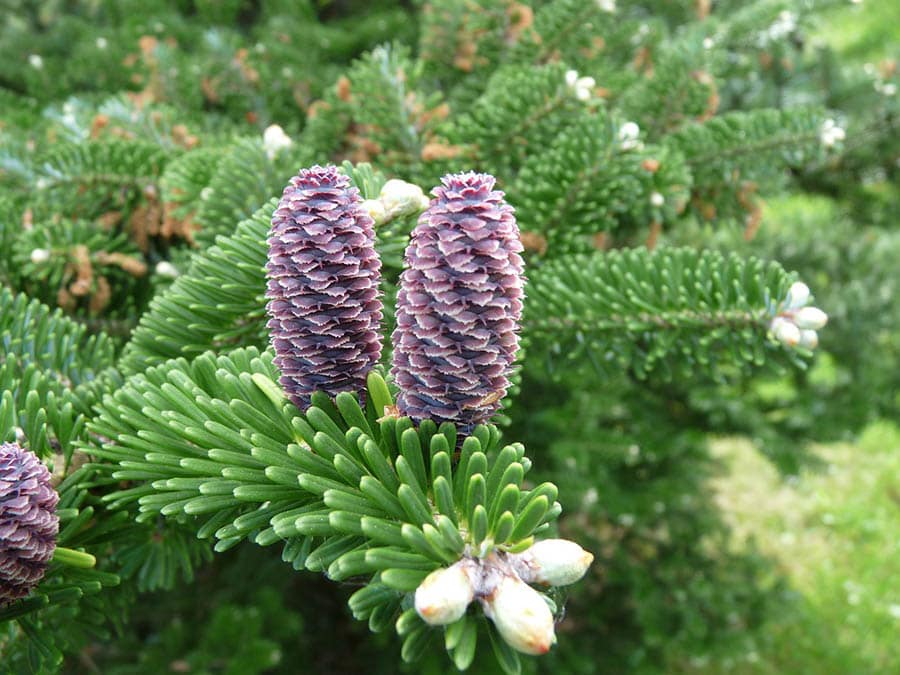
The Korean fir is a small, slow-growing, fir tree from the mountains of South Korea. These trees only reach 60 feet in height at their tallest. They take many years to reach their mature height sometimes only growing a foot per year. It is a versatile tree that experiences intense summer rains and heavy winter snow in its natural habitat.
The slow-growing nature of this tree makes it a great choice for landscaping since they are easy to manage and control. Since its discovery, the Korean fir has spread around the world as an extremely popular ornamental plant due to its ease of care.
12. Siberian Fir
Siberia is home to some of the densest forests in the world, thanks to the high prevalence of fir trees that grow in the Russian taiga. The Siberian fir is known for its highly aromatic needles, softwood, and hardy nature. These trees easily brave the deep Russian winters and can survive temperatures that drop well below zero. The shade tolerance and temperature resistance of this species make it a great choice for northern habitats.
13. Spanish Fir
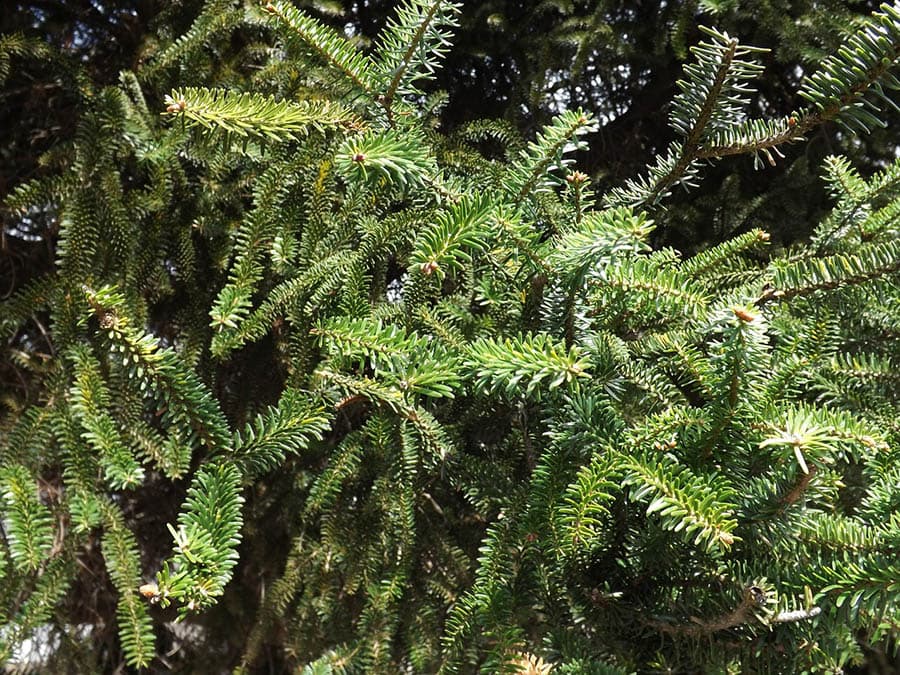
The Spanish fir is an ancient species that dates back nearly two million years. This is remarkable because many species of trees went extinct during the Ice Age, especially temperate trees such as the Spanish fir. It grows in southern Spain on high dry slopes. It is known for its odd needle patterns which gave way to the nickname the hedgehog fir. The Spanish fir is also famous for being one of the few fir trees that are listed as endangered.
If you get the opportunity to plant a Spanish fir or even happen upon one in an arboretum, know you are experiencing something truly special.
Not Actually a Type of Fir Tree
14. Douglas Fir

A list about fir trees cannot leave out the Douglas fir. The problem is, Douglas firs are actually not true fir trees. They belong to the pine family. Pine and fir are closely related evergreens, but they are not the same. The distinction is important to note because, despite the name, you are not actually getting a true fir when you purchase a Douglas fir.
The Douglas fir is still extremely popular. It gives off that classic smell that reminds us all of Christmas and stays green all year. The Douglas fir is primarily native to the Pacific Northwest.
For all intents and purposes, a Douglas fir is a fir. It looks similar, it has the correct look and smell and they are commonly mistaken for their true fir brethren. However, officially, Douglas firs are not a part of the genus, abies, and in order to be considered a real fir, a species must belong to that genus.
Related Read: 16 Different Types of Evergreen Trees (With Pictures)
How Many Types of Fir Trees Are There?
Fir trees make up the genus, abies, which encompasses 56 different species of fir trees. Some only grow in small areas such as the bristlecone fir, while others only grow at high altitudes like the Mexican sacred fir. Most firs grow in northern latitudes but different species can be found all over the world in various climates.
Firs are some of the most wide-ranging trees on the planet and they cover millions of square miles of territory. Being evergreen and recognizable as Christmas trees make them some of the most commonly identified trees by people all over the world.
Summary
There you have it, 13 true fir trees and one misunderstood fir. All of these trees are great, grow well, and stay green. Choosing the right species for your location and climate is important to successfully grow your very own Christmas trees.
Fir trees are a great choice for a beginner or a low-maintenance landscaper. Plus, they don’t drop many needles and won’t fill your yard with pesky leaves, which is worth a lot in itself. Firs can make great shade trees, barrier plants, or ornamental pieces depending on the situation and are worth considerable consideration.
See Also:
- 16 Different Types of Christmas Trees (With Pictures)
- Fraser vs. Balsam Fir: What’s the Difference? (With Pictures)
Featured Image Credit: Pixabay
Contents


